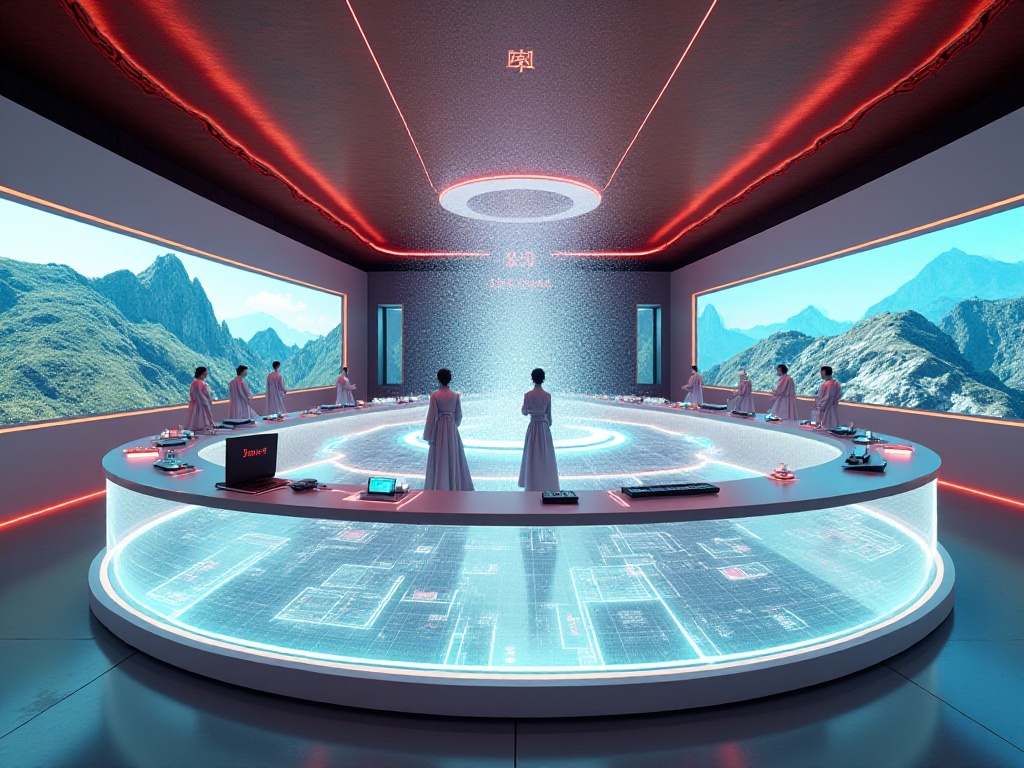Last year, I was overwhelmed with life's trivial matters, and work pressure was so high that even taking time off seemed like a luxury. One night, while lying in bed scrolling through my phone, I was captivated by a shared post in my social feed - a 360-degree panoramic video taken from the top of Dubai's Burj Khalifa. The view was so stunning that I sat up immediately - this was exactly the perspective I had been dreaming of! Following the link, I found the Airpano virtual tourism platform. Honestly, I was skeptical about virtual tourism at first, thinking it might just be ordinary photos and videos. But when I first put on the VR headset and stood at the top of Burj Khalifa, I was completely immersed in the feeling of being among the clouds. At 828 meters high, the glittering Dubai cityscape lay beneath my feet, with Palm Island visible in the distance, and the sensation of breeze on my face felt incredibly real. At that moment, I knew I had discovered something life-changing.
You might wonder, how much content does Airpano have? The numbers alone are impressive - over 3,000 360-degree panoramic images and videos of top global destinations. What does this number mean? It means you can gaze up at the ancient stones of the Pyramids of Giza in Egypt, feeling the grandeur left by the pharaohs' dynasties; glide through narrow waterways in Venice to the sound of gondoliers' oars; dive into the crystal-clear waters of the Maldives to dance with colorful tropical fish; or even climb Mount Everest to experience the awe of standing on the world's highest peak.
Each location's shooting is not done casually. Professional photography teams choose the best shooting times and angles, sometimes waiting several days for perfect lighting. For example, when shooting the panorama of Ubud rice terraces in Bali, photographers began work at dawn before the dew dried. When the first rays of sunlight fell on the layered terraces, the water reflected golden light, complemented by the misty tropical rainforest - the entire scene was incredibly beautiful. Through VR goggles, you can see farmers busy in the terraces, hear crisp birdsong, and even feel the unique humid air of a tropical morning.
I remember once "visiting" Iceland through Airpano. It happened to be during aurora season, and standing in an open area outside Reykjavik, I could look up and see the dancing northern lights. The green bands of light floating in the night sky were like huge silk ribbons swaying in the wind. Combined with the howling northern wind, it made me completely forget this was in a virtual world. I "stood" there for nearly an hour, watching the aurora change into different shapes and colors - that stunning experience remains unforgettable.
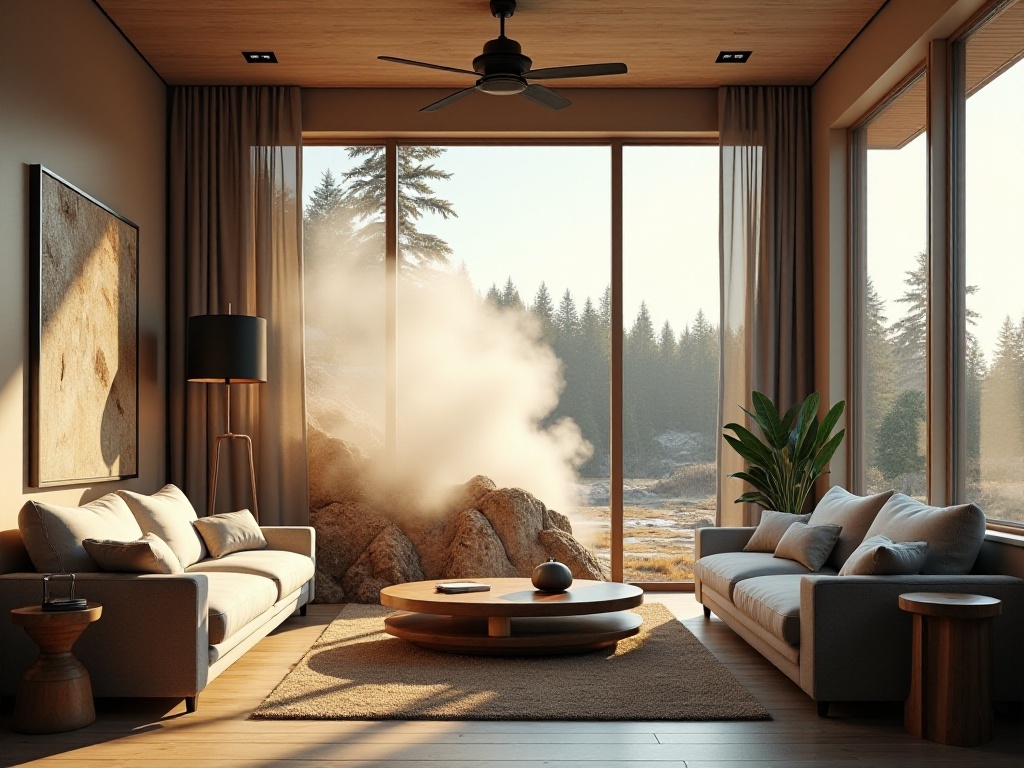
Using Airpano is actually very simple - you don't need to be a tech expert. All you need is a smartphone or computer, plus VR goggles to start your world tour. There are many VR headset options available now, from simple versions costing a few hundred dollars to professional versions costing thousands - you can choose based on your budget.
I use the Oculus Quest 2, which offers excellent value for money and is very easy to operate. On my first use, I chose to watch the northern lights in Iceland. After putting on the glasses, you find yourself in a dark wilderness. You can see scattered lights in the distance - that's Reykjavik city. Suddenly, faint green light bands begin to appear in the sky, and as time passes, the aurora becomes brighter and starts dancing overhead. The whole process comes with recorded ambient sound - you can hear the howling wind and occasional distant dog barks. This immersive feeling really makes you forget you're actually at home.
Not just aurora viewing - I've also been to the Sahara Desert with it. Can you imagine what it feels like to stand on endless sand dunes under the blazing sun? As far as the eye can see, there's nothing but a golden sea of sand, with sand grains glittering in the sunlight when the breeze blows. In the distance, a camel caravan slowly moves forward, their silhouettes slightly distorted in the heat waves. This feeling is completely incomparable even to watching 4K movies.

The benefits of virtual tourism are numerous. The most obvious is cost savings. Think about how much an international trip costs - flights, accommodation, food, transportation - it easily adds up to tens of thousands. But with virtual tourism, buying a VR headset is enough, and it's a one-time investment for lifetime use. More importantly, you can depart anytime, anywhere, without taking leave or dealing with jet lag - just click to go wherever you want.
For instance, I particularly love watching sunrises. Through Airpano, I can watch sunrises around the world in one day. Start with Japan's first light from Mount Fuji's peak, then instantly transfer to Waikiki Beach in Hawaii to watch the sun rise over the Pacific. Next, visit the Great Barrier Reef in Australia to see the sun turn the coral golden. This kind of experience is impossible with traditional travel.
Many normally hard-to-reach places become easily accessible through virtual tourism. For example, I've "dived" in the Great Barrier Reef, closely observing various corals and tropical fish. The images are clear enough to see fish scale patterns, and you can watch turtles swimming leisurely by. Keep in mind that actual Great Barrier Reef diving requires professional certification and depends on weather and sea conditions, but virtual tourism eliminates these concerns.
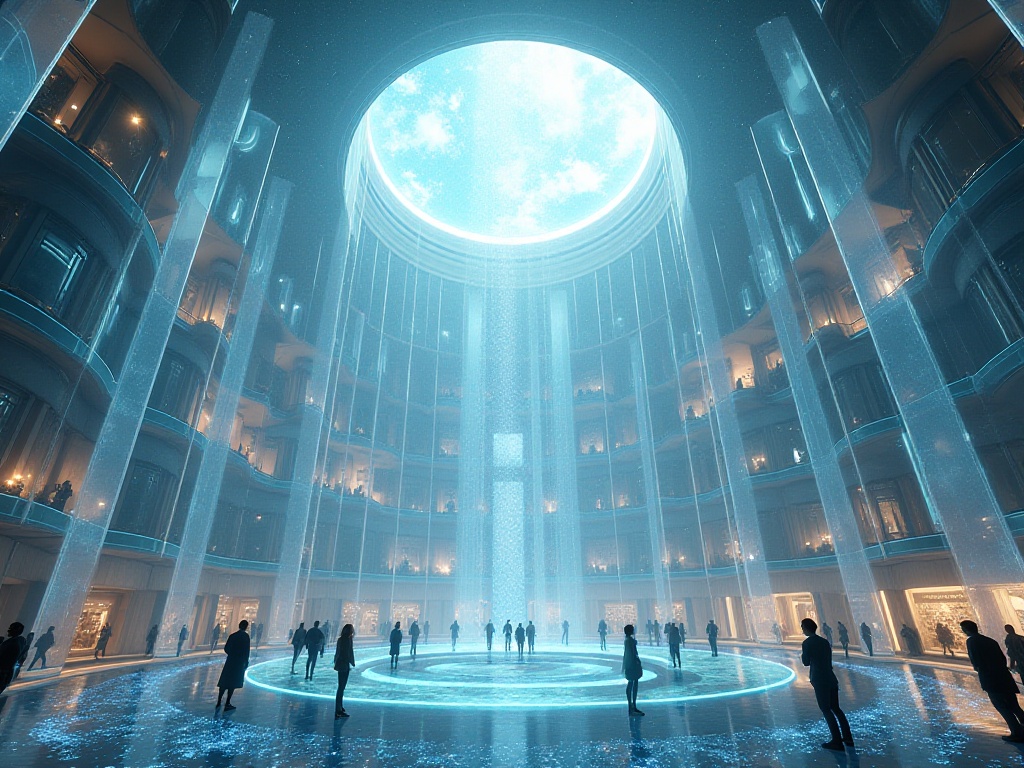
Technically, Airpano has put in tremendous effort. They use the most advanced VR technology, and each location's shooting is a work of art. They use specialized drones and 360-degree cameras for shooting, with each photo professionally post-processed to ensure optimal viewing quality.
For example, when shooting Venice's panorama, they meticulously stitched together over 1,000 high-definition photos, creating a final image with an astounding 15 billion pixels. What does such ultra-high definition mean? It means you can see the feathers of every pigeon in St. Mark's Square, count every statue detail on the cathedral's exterior walls, and even spot decorations on distant gondoliers' hats.
When shooting the Grand Canyon, they specifically chose sunset. As the sun slowly sets, the canyon walls display different colors, gradually changing from bright orange-red to deep purple. The entire process is fully recorded, allowing viewers to experience nature's most brilliant color changes.
Virtual tourism's applications extend far beyond personal entertainment. Many schools now use Airpano in geography classes. Imagine studying the Amazon rainforest while the teacher "flies" the whole class above the tropical forest to closely observe its layered structure; or when learning about volcanic landforms, directly "standing" at an active volcano's edge to watch lava flow. This intuitive learning method is far more effective than dry textbooks.
For elderly people with limited mobility, virtual tourism is the perfect way to fulfill dreams. I have an 80-plus-year-old neighbor who had always wanted to see the pyramids in Egypt but never could for various reasons. Last month, I brought my VR headset to visit her and let her experience the Egypt tour. When she "stood" in front of the Sphinx, she was so moved that tears welled up in her eyes, saying she had finally realized her dream.
Many travel agencies now use virtual tourism for itinerary previews. Before deciding on a destination, customers can first get a general idea of various attractions through virtual tourism. For example, if planning to visit the Maldives, they can first "experience" different islands' scenery to see which suits them better. This not only improves customer satisfaction but also helps them better plan their trips.
Virtual tourism technology continues to develop rapidly. Airpano is reportedly developing more advanced AR (Augmented Reality) features. In the future, when visiting sites, you'll not only see their current state but also scenes from different historical periods. For instance, when visiting the Roman Colosseum, you could choose to see the bustling gladiatorial scenes from ancient Rome or its appearance as a fortress during the Middle Ages.
They're also developing an intelligent virtual guide system. This system can provide relevant historical and cultural knowledge in real-time based on your interests and questions. Imagine when visiting the Egyptian pyramids, the virtual guide can not only tell you about their construction date and process but also delve into ancient Egyptian civilization history based on your questions.
Even cooler, they're developing multi-player interactive features. This means you'll be able to virtual tour with friends from around the world, communicating and discussing in virtual space just like traveling together. You could even interact with locals in real-time to learn about authentic cultural customs.
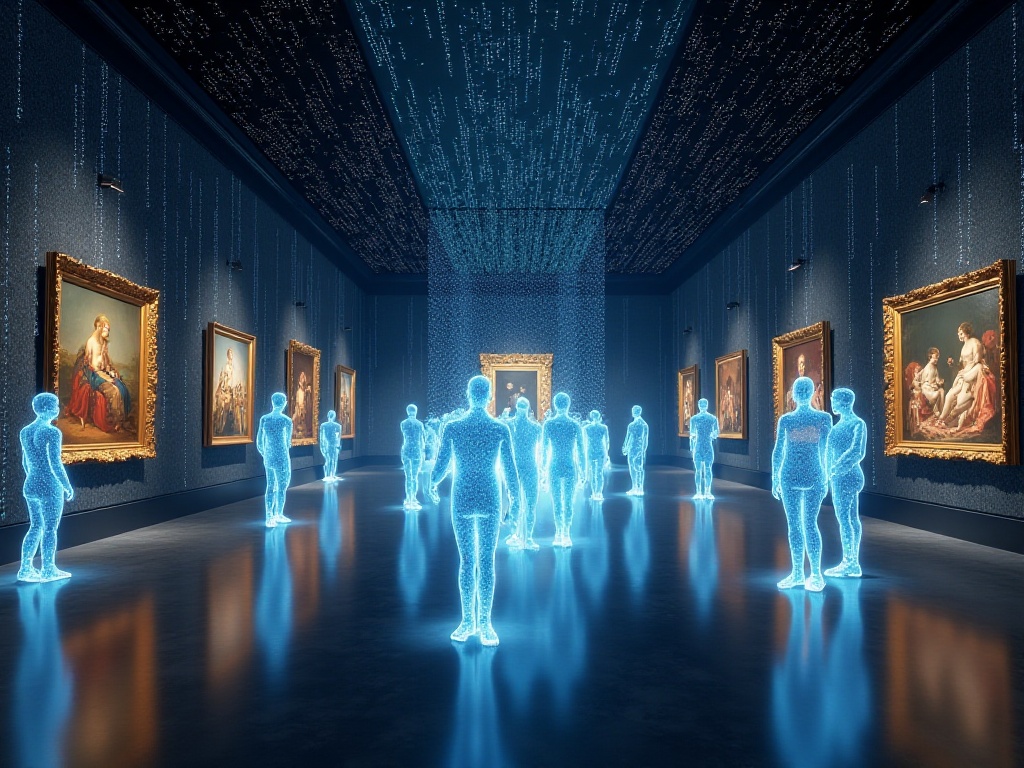
If you want to try virtual tourism, I suggest starting with some iconic landmarks. The Eiffel Tower is a great choice. You can first admire its majestic presence from the ground, then "take the elevator" to the top to overlook the entire city of Paris. The Seine River runs through the city like a silver belt, with buildings neatly arranged on both banks, full of French romance.
The Great Wall is also a must-visit. You can choose the Badaling or Mutianyu sections to experience this magnificent wall's grandeur. The best part is you can "visit" in different seasons. See blooming mountain flowers in spring, lush forests in summer, mountains covered in red leaves in autumn, and snow-covered walls in winter - each season has its unique beauty.
The virtual tour of the Taj Mahal is also stunning. Morning sunlight falling on the white marble building makes the whole scene look like paradise. You can closely observe the exquisite carvings on the walls and even see the patterns of inlaid jewels.
However, when using VR headsets, moderation is important. It's recommended not to exceed 30 minutes per session, with appropriate breaks in between. If you feel dizzy or eye discomfort, stop immediately. It's best to use in a well-ventilated environment while maintaining proper posture.
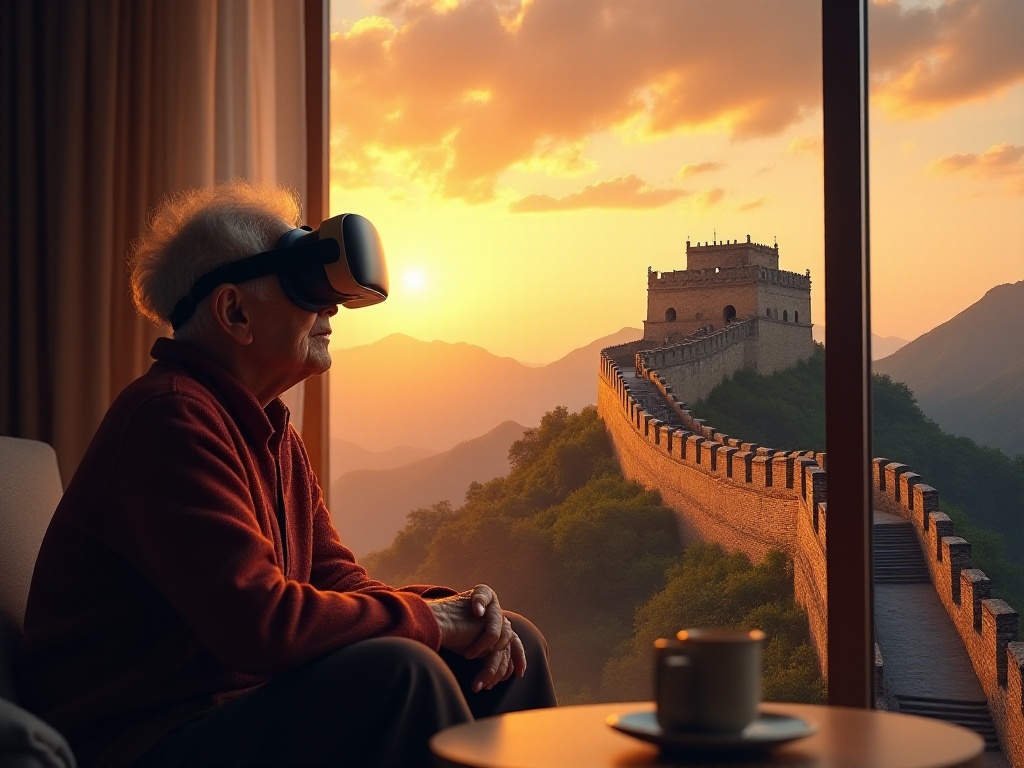
Through this extended virtual tourism experience, I've deeply felt the changes technology brings to life. While virtual tourism may not completely replace physical travel, it certainly provides a whole new way to experience the world. It allows us to break through time and space limitations to explore the world's most beautiful corners.
Especially for those who can't travel physically for various reasons, virtual tourism provides an excellent alternative. It not only satisfies people's pursuit of beauty but also helps us gain knowledge and understand different cultures.
From an environmental perspective, virtual tourism is also a great choice. It produces no carbon emissions and doesn't burden the environment. In today's increasingly environmentally conscious era, this is undoubtedly a major advantage.
Each time I use Airpano, I discover new wonders of this world. Sometimes I'm amazed by nature's masterful work, sometimes moved by human civilization's brilliant achievements. These experiences fill me with curiosity and love for this world.
So here's the question: if you could choose one place for virtual tourism, where would you most like to go? Would you want to see the northern lights? Explore the Amazon rainforest? Or experience the majesty of the Sahara? Welcome to share your choice in the comments.
 Previous
Previous



